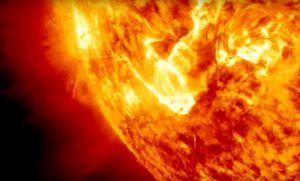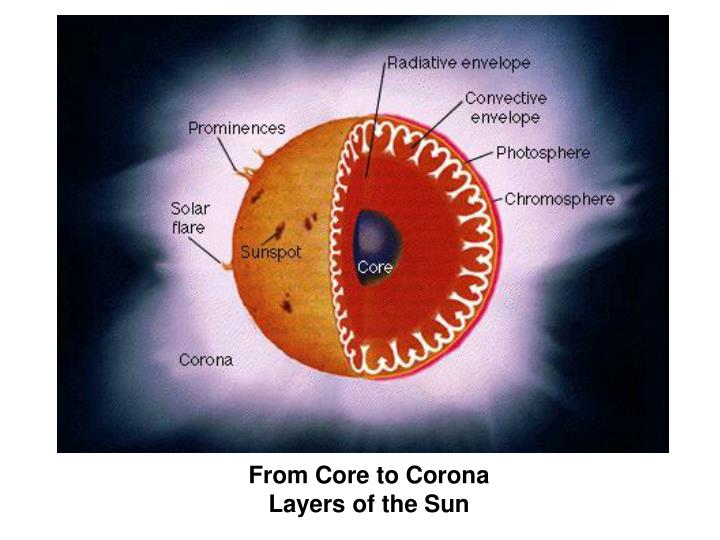

An arc of gas that erupts from the surface of the Sun is called solar prominence.As solar flares are pushed through the corona, they heat its gas to anywhere from 10 to 20 million ☌. Solar are magnetic storms which appear to be very bright spots with a gaseous surface eruption.

Auroras are caused by charged particles, mainly electrons and protons, entering the atmosphere from above causing ionisation and excitation of atmospheric constituents, and consequent optical emissions.An aurora is a natural light display in the sky, predominantly seen in the high latitude (Arctic and Antarctic) regions (due to magnetic field lines of earth and solar wind ).Neon lights could more accurately be called ‘plasma lights’ because the light comes from the plasma inside of them.Lightning and electric sparks are everyday examples of phenomena made from plasma.It is ionised gas (atoms and molecules are converted into ions typically by removing one or more electrons from the outer shell). Plasma is one of the four fundamental states of matter, the others being solid, liquid, and gas.The solar wind is made of plasma (ionised atoms), a stream of energised, charged particles, primarily electrons and protons, flowing outward from the Sun at speeds as high as 900 km/s and at a temperature of 1 million ☌.


It has been suggested that the Sun is 1% cooler when it has no sunspot and that this variation in solar radiation might affect the climates of the Earth. Each spot has a black centre or umbra, and a lighter region or penumbra, surrounding it.
The individual sunspot has a lifetime ranging from a few days to a few months. The point of highest sunspot activity during this cycle is known as Solar Maximum, and the point of the lowest activity is Solar Minimum. Sunspot activity cycles about every eleven years. They correspond to concentrations of the magnetic field that inhibit convection & result in reduced surface temperature compared to the surrounding photosphere. They appear as dark areas because they are about 500-1500 ☌ cooler than the surrounding chromosphere. Sunspots are temporary phenomena on the photosphere of the Sun that appear visibly as dark spots compared to surrounding regions. Above the photosphere is the chromosphere. The effective temperature on the outer side of the photosphere is 6000☌. The photosphere is an extremely uneven bright outer layer of the Sun that emits most of the radiation. The solar atmosphere above that consists of the photosphere, chromosphere, and the corona ( solar wind is an outflow of gas from the corona). The solar interior, from the inside out, is made up of the core, radiative zone and convective zone. The Sun’s Internal Structure and Atmosphere Although the Sun dominates the system by mass, it accounts for only about 2% of the angular momentum due to the differential rotation within the gaseous Sun. 8%), with most of the remaining mass contained in Jupiter and Saturn. Most of the solar system’s mass is in the Sun (~99. Composition : 98% of the sun is hydrogen & helium. Mass : equivalent to 3, 32, 900 Earth masses. Rotation : counter clockwise (when viewed from a long way above Earth’s north pole). Comparatively, earth’s rotational velocity is 1675Km/hrs. Comparatively, the surface gravity of the earth and moon are 9. The surface gravity of the Sun is 274 m/s 2 ( 28 times the gravity of the Earth). 41 times that of water (density of water = 999. Temperature : 6000 ☌ on the surface and 16 million ☌ in the core.








 0 kommentar(er)
0 kommentar(er)
